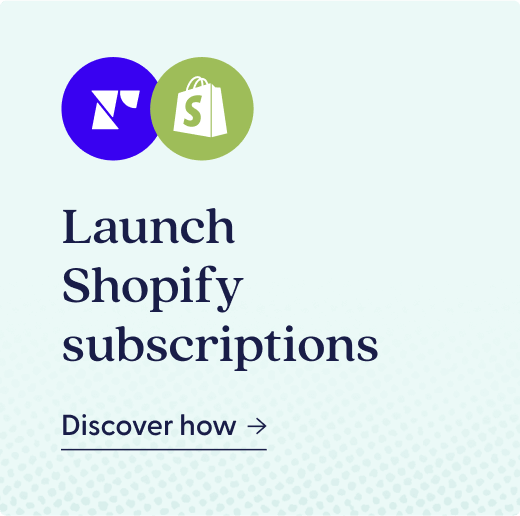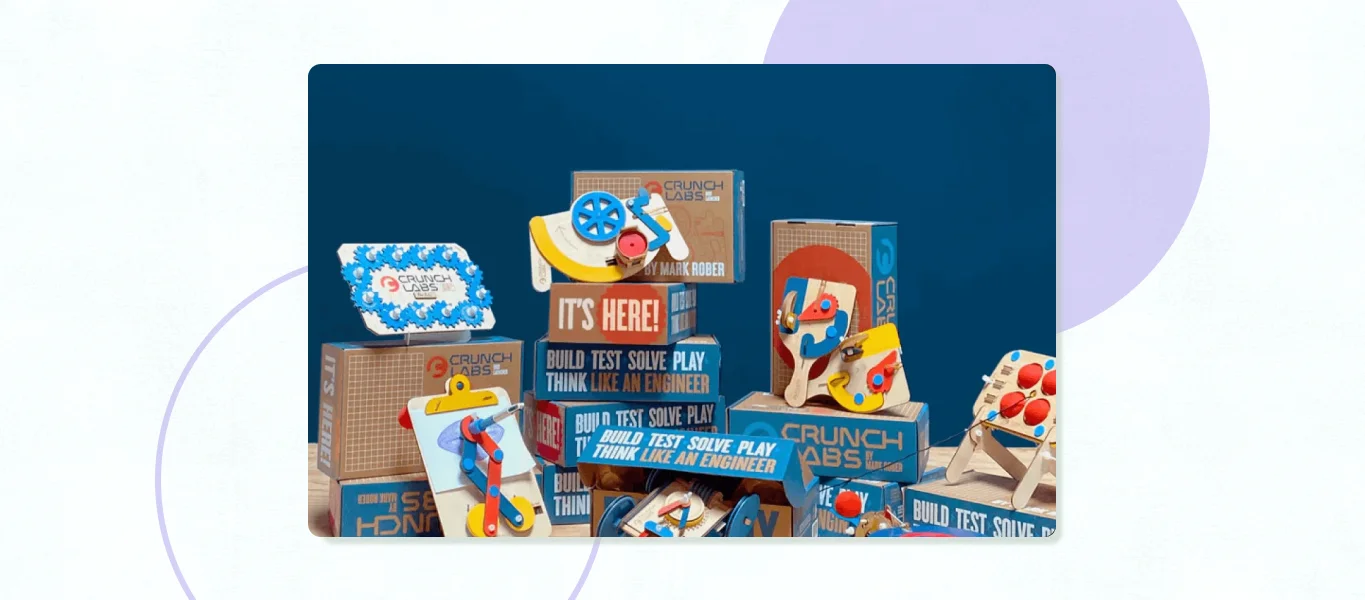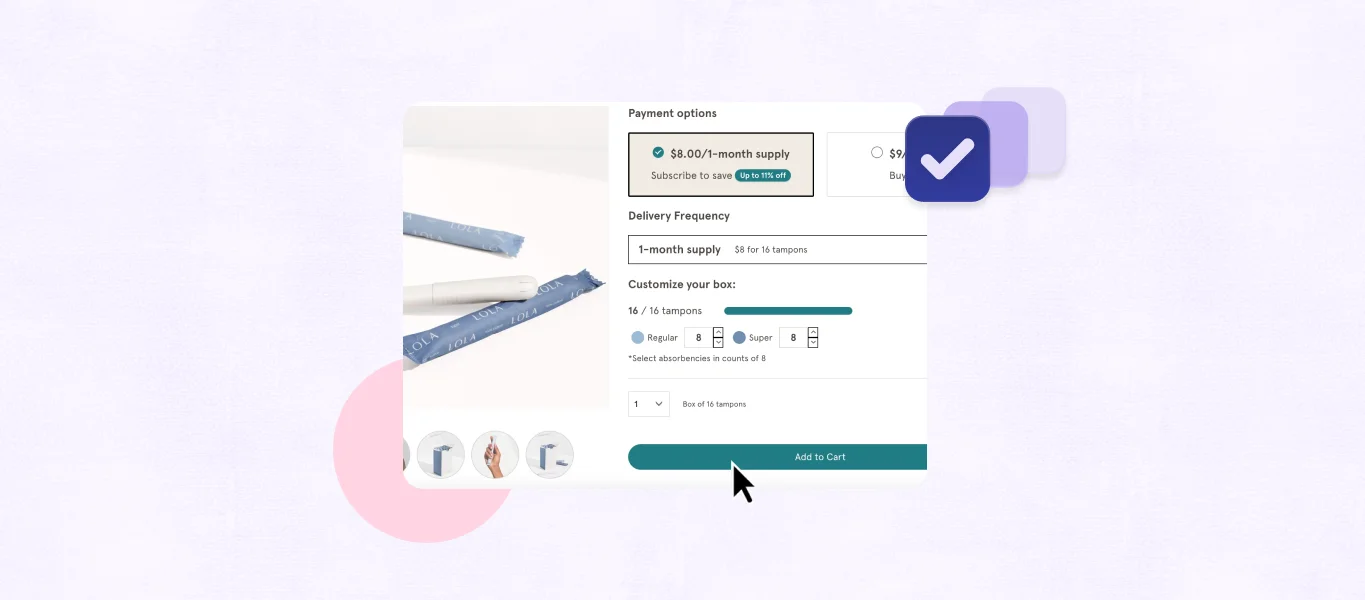This article on CBD market trends and strategies is guest authored by our friends at Arctic Leaf.
In this day and age, CBD is not only a common topic of conversation, but it can be found almost anywhere. Brands have found innovative ways to bring the product to consumers in the form of lotions, bath balms, chocolate, water, and more. But first things first, what is it? According to healthline.com, CBD is one of over 100 chemical compounds known as cannabinoids found in the cannabis or marijuana plant, Cannabis sativa. Unlike THC, which is commonly found in cannabis and responsible for that “high” feeling, CBD is not psychoactive. This makes it a very popular option for consumers looking for relief from physical, mental, or emotional pain and ailments to enhance their overall health and well-being.
The hot topic in ecommerce
Before getting into the details of the CBD market and the strategies your brand can utilize, Arctic Leaf CEO and Co-Founder, Josh Garellek, actually spoke on the topic of CBD at BigCommerce’s Make it Big conference in 2020. We also had the huge pleasure of kicking off our first ever OnTap with Arctic Leaf discussion series last year with our partners and friends over at BigCommerce and Klaviyo. In this discussion, our audience received actionable suggestions to help scale their CBD brands while raising average order value (AOV) and customer lifetime value (LTV). We have posted the full-length video of the discussion and speaker details on the Arctic Leaf blog, which you can check out at any time! Josh and our expert partners provided valuable information around the CBD industry (some of which is shared below) and that discussion topic was the perfect foundation for what we’re going to cover below.
The rise of CBD
Since the “pandemic that shall not be named” began in March 2020, the CBD market has seen a huge spike in consumers who are looking to purchase and utilize products to help alleviate the stress and anxiety that resulted from the whole world shutting down. In a survey conducted by the Brightfield Group, 39% of people indicated that they would be using more CBD during the pandemic. This was particularly true amongst Millenials and Gen Z consumers. This increase in consumer demand has led to more brands and industries branching out and adding CBD products to their catalog, or creatively enhancing the products they already carry and produce.

In terms of the CBD consumer trends, High Times indicated that people were buying less frequently, but in higher amounts. These trends are particularly true for ecommerce brands who sell their products online. Taking it back to the Brightfield Group, 37% of all cannabis-based product sales in the U.S. during the pandemic were CBD products. Overall, 53% of consumers experience anxiety and 76% indicated that “well-being” was their desired outcome from using a CBD product. Another noteworthy outcome of the increased popularity of CBD is the widespread mentions of it on social media. Just a month after the pandemic began, there were almost 13,000 social media posts mentioning CBD. So while many industries and brands were taking negative hits to their businesses, this market was not one of them.
An important thing to bring up among all the positive trends we are seeing in the CBD market, is that the FDA has begun to really crack down on businesses that are making medical claims with CBD. This topic is one of the things we cover in more detail during our OnTap discussion, but it is something to keep in mind and really be aware of when it comes to your marketing and content strategy. Thankfully, Leafly has a great article that allows you to check out the state(s) where you do business to see if it’s legal and what the restrictions are to ensure you are playing by the rules.
How to grow your CBD brand
If you’re a brand that currently offers CBD products, or you’re looking to add CBD products to your catalog, we wanted to share some of the proven strategies and tactics we use over here at Arctic Leaf to help our merchants grow their businesses. From an email marketing perspective, an important email flow is the Replenishment Flow. This type of flow has resulted in the best conversions for our CBD clients. It takes into account the type of products your customers purchase, at what amounts, and the frequency. As your customer gets low, we use Klaviyo to trigger a reminder email that tells them to go back and purchase before they run out. With anxiety being one of the main health conditions CBD can help with, it is even more important to really get ahead of and predict your customer’s needs.
A great safety net email flow is “Back in Stock”. This flow reminds the customer that what they were previously looking for, or had purchased, is now back in stock. With mentioning this email flow, it is important to emphasize that it should be used as a safety net. It should not be a consistent flow strategy you need to use. As we’ve discussed, the demand for CBD is very high, so having your product in stock is super important. People are consistently increasing the amount they purchase, so you want to make sure you are prepped and ready for an influx of new customers and large orders.
The last thing we want to touch on is merchant processing. Of course. CBD is considered a “high risk product” so this has been a bit of a headache for existing and new brands who sell CBD products online. On BigCommerce, you now have almost 20 different options for payment gateways and merchant processors. There is no one size fits all solution, so Arctic Leaf can help you evaluate different options to find what works best for your brand.
Whether you are a current CBD brand, or a brand looking to add CBD to your product line up, the key takeaway of this read is that the CBD vertical is going to continue to grow. That being said, it’s important for you to always be cognizant of the trends and strategies that will help your brand be successful.
If you still have some questions, or are interested in learning more about how Arctic Leaf can help you navigate this growing market, please reach out to Arctic Leaf Solutions Consultant, Chase Bowler, at [email protected].



